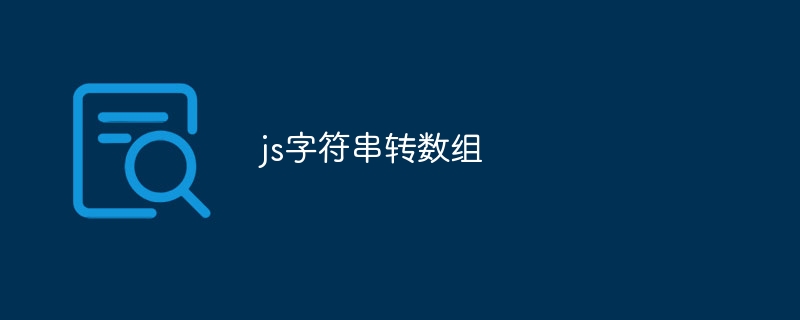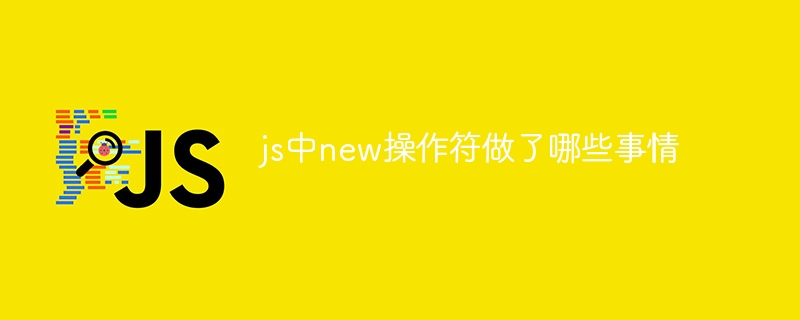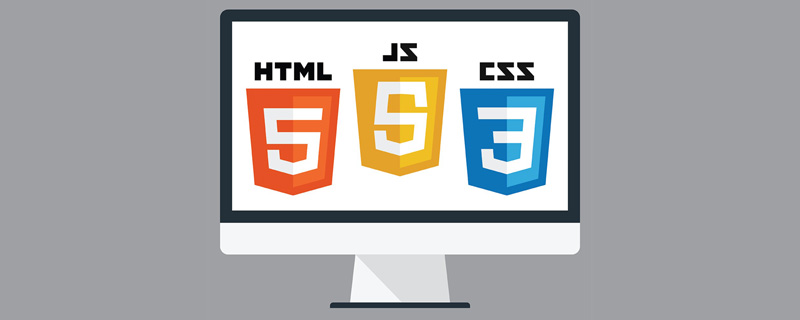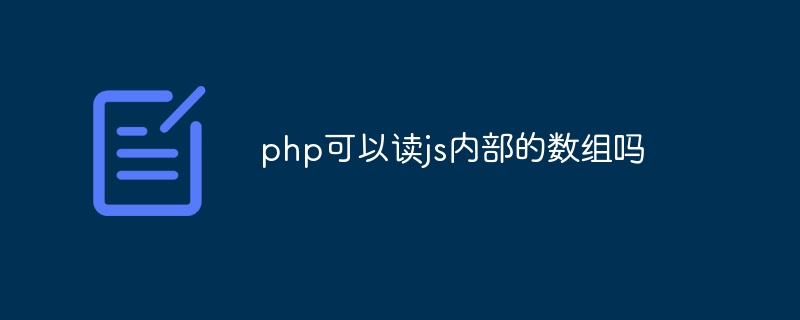This article analyzes the js same origin strategy in more detail. Share it with everyone for your reference. The details are as follows:
Concept: The same origin policy is an important security metric for client-side scripts (especially Javascript). It first came out of Netscape Navigator2.0, and its purpose is to prevent a document or script from being loaded from multiple different sources.
The same origin here refers to: the same protocol, the same domain name and the same port.
Essence:
The essence of it is simple: it considers trusted content loaded from any site to be unsafe. When scripts that are mistrusted by the browser are run in a sandbox, they should only be allowed to access resources from the same site, not those from other sites that may be malicious.
Why is there a same-origin restriction?
Let’s give an example: For example, a hacker program uses IFrame to embed the real bank login page on his page. When you log in with your real username and password, his page can be read through Javascript. The content in the input in your form, so that the user name and password can be easily obtained.
Ajax application:
This security limitation is broken in Ajax applications.
In ordinary Javascript applications, we can modify the href of Frame or the src of IFrame to achieve cross-domain submission in GET mode, but we cannot access the content in cross-domain Frame/IFrame.
Ajax uses XMLHTTP for asynchronous interaction. This object can also interact with remote servers. What’s even more dangerous is that XMLHTTP is a pure Javascript object. This interaction process is carried out in the background. perceived by the user. Therefore, XMLHTTP has actually broken through the original security limitations of Javascript.
If we want to take advantage of the refresh-free asynchronous interaction capabilities of XMLHTTP, but are unwilling to blatantly break the security policy of Javascript, the alternative is to add strict same-origin restrictions to XMLHTTP. Such a security policy is very similar to Applet's security policy. The limitation of IFrame is that it cannot access data in cross-domain HTMLDOM, while XMLHTTP fundamentally limits the submission of cross-domain requests .
Browser support: IE actually opens two backdoors for this security policy. One is: it assumes that your local files will naturally know what content will be accessed, so any of your local files accesses external data. You won't receive any warning. Another is: when the script of the website you visit intends to access cross-domain information, it actually just pops up a dialog box to remind you. If a fraudulent website uses this method to provide you with a fake page, and then helps you log in to the real bank server remotely through XMLHTTP. Only one of the 10 users was confused and clicked OK. Their account theft was successful! Think about it, how dangerous this is!
FireFox does not do this. By default, FireFox does not support cross-domain XMLHTTP requests at all, and does not give hackers such an opportunity.
Avoid same-origin strategy:
JSON and dynamic script tags
src="http://yoursiteweb.com/findItinerary?username=sachiko&
reservationNum=1234&output=json&callback=showItinerary" />
When JavaScript code dynamically inserts a <script> tag, the browser accesses the URL in the src attribute. This causes the information in the query string to be sent to the server. In Listing 1, username and reservation are passed as name-value pairs. Additionally, the query string contains the output format requested from the server and the name of the callback function (that is, showItinerary). After the <script> tag is loaded, the callback function is executed and the information returned from the service is passed to the callback function through its parameters. </script>
Ajax proxy
Ajax proxy is an application-level proxy server that mediates HTTP requests and responses between a web browser and a server. Ajax proxies allow web browsers to bypass the Same Origin Policy so that third-party servers can be accessed using XMLHttpRequest. To achieve this bypass, there are two methods to choose from:
The client web application knows the third-party URL and passes the URL to the Ajax proxy as a request parameter in the HTTP request. The proxy then forwards the request to [url]www.jb51.net[/url]. Note that the use of proxy servers can be hidden in the implementation of the Ajax library used by Web application developers. To a web application developer, it may appear that there is no Same Origin Policy at all.
The client web application is unaware of the third-party URL and attempts to access resources on the Ajax proxy server over HTTP. Using a predefined encoding rule, the Ajax proxy converts the requested URL to the third-party server's URL and retrieves the content on behalf of the client. This makes it appear to the web application developer that they are communicating directly with the proxy server.
Greasemonkey
Greasemonkey is a Firefox extension that allows users to dynamically modify the style and content of web pages. Greasemonkey users can associate user script files with a collection of URLs. These scripts are executed when the browser loads a page from this set of URLs. Greasemonkey provides additional permissions to the API for user scripts (compared to the permissions for scripts running in the browser sandbox).
GM_XMLHttpRequest is one of these APIs, which is essentially an XMLHttpRequest without the same origin policy. User scripts can override the browser's built-in XMLHttpRequest with GM_XMLHttpRequest, allowing XMLHttpRequest to perform cross-domain access.
Usage of GM_XMLHttpRequest can only be protected through user consent. That is, Greasemonkey only requires user configuration when establishing an association between a new user script and a specific collection of URLs. However, it's not hard to imagine that some users might be tricked into accepting the installation without fully understanding the consequences.
I hope this article will be helpful to everyone’s JavaScript programming design.
 如何使用JS和百度地图实现地图平移功能Nov 21, 2023 am 10:00 AM
如何使用JS和百度地图实现地图平移功能Nov 21, 2023 am 10:00 AM如何使用JS和百度地图实现地图平移功能百度地图是一款广泛使用的地图服务平台,在Web开发中经常用于展示地理信息、定位等功能。本文将介绍如何使用JS和百度地图API实现地图平移功能,并提供具体的代码示例。一、准备工作使用百度地图API前,首先需要在百度地图开放平台(http://lbsyun.baidu.com/)上申请一个开发者账号,并创建一个应用。创建完成
 js字符串转数组Aug 03, 2023 pm 01:34 PM
js字符串转数组Aug 03, 2023 pm 01:34 PMjs字符串转数组的方法:1、使用“split()”方法,可以根据指定的分隔符将字符串分割成数组元素;2、使用“Array.from()”方法,可以将可迭代对象或类数组对象转换成真正的数组;3、使用for循环遍历,将每个字符依次添加到数组中;4、使用“Array.split()”方法,通过调用“Array.prototype.forEach()”将一个字符串拆分成数组的快捷方式。
 如何使用JS和百度地图实现地图热力图功能Nov 21, 2023 am 09:33 AM
如何使用JS和百度地图实现地图热力图功能Nov 21, 2023 am 09:33 AM如何使用JS和百度地图实现地图热力图功能简介:随着互联网和移动设备的迅速发展,地图成为了一种普遍的应用场景。而热力图作为一种可视化的展示方式,能够帮助我们更直观地了解数据的分布情况。本文将介绍如何使用JS和百度地图API来实现地图热力图的功能,并提供具体的代码示例。准备工作:在开始之前,你需要准备以下事项:一个百度开发者账号,并创建一个应用,获取到相应的AP
 如何使用JS和百度地图实现地图多边形绘制功能Nov 21, 2023 am 10:53 AM
如何使用JS和百度地图实现地图多边形绘制功能Nov 21, 2023 am 10:53 AM如何使用JS和百度地图实现地图多边形绘制功能在现代网页开发中,地图应用已经成为常见的功能之一。而地图上绘制多边形,可以帮助我们将特定区域进行标记,方便用户进行查看和分析。本文将介绍如何使用JS和百度地图API实现地图多边形绘制功能,并提供具体的代码示例。首先,我们需要引入百度地图API。可以利用以下代码在HTML文件中导入百度地图API的JavaScript
 js中new操作符做了哪些事情Nov 13, 2023 pm 04:05 PM
js中new操作符做了哪些事情Nov 13, 2023 pm 04:05 PMjs中new操作符做了:1、创建一个空对象,这个新对象将成为函数的实例;2、将新对象的原型链接到构造函数的原型对象,这样新对象就可以访问构造函数原型对象中定义的属性和方法;3、将构造函数的作用域赋给新对象,这样新对象就可以通过this关键字来引用构造函数中的属性和方法;4、执行构造函数中的代码,构造函数中的代码将用于初始化新对象的属性和方法;5、如果构造函数中没有返回等等。
 用JavaScript模拟实现打字小游戏!Aug 07, 2022 am 10:34 AM
用JavaScript模拟实现打字小游戏!Aug 07, 2022 am 10:34 AM这篇文章主要为大家详细介绍了js实现打字小游戏,文中示例代码介绍的非常详细,具有一定的参考价值,感兴趣的小伙伴们可以参考一下。
 php可以读js内部的数组吗Jul 12, 2023 pm 03:41 PM
php可以读js内部的数组吗Jul 12, 2023 pm 03:41 PMphp在特定情况下可以读js内部的数组。其方法是:1、在JavaScript中,创建一个包含需要传递给PHP的数组的变量;2、使用Ajax技术将该数组发送给PHP脚本。可以使用原生的JavaScript代码或者使用基于Ajax的JavaScript库如jQuery等;3、在PHP脚本中,接收传递过来的数组数据,并进行相应的处理即可。
 js是什么编程语言?May 05, 2019 am 10:22 AM
js是什么编程语言?May 05, 2019 am 10:22 AMjs全称JavaScript,是一种具有函数优先的轻量级,直译式、解释型或即时编译型的高级编程语言,是一种属于网络的高级脚本语言;JavaScript基于原型编程、多范式的动态脚本语言,并且支持面向对象、命令式和声明式,如函数式编程。


Hot AI Tools

Undresser.AI Undress
AI-powered app for creating realistic nude photos

AI Clothes Remover
Online AI tool for removing clothes from photos.

Undress AI Tool
Undress images for free

Clothoff.io
AI clothes remover

AI Hentai Generator
Generate AI Hentai for free.

Hot Article

Hot Tools

ZendStudio 13.5.1 Mac
Powerful PHP integrated development environment

Safe Exam Browser
Safe Exam Browser is a secure browser environment for taking online exams securely. This software turns any computer into a secure workstation. It controls access to any utility and prevents students from using unauthorized resources.

DVWA
Damn Vulnerable Web App (DVWA) is a PHP/MySQL web application that is very vulnerable. Its main goals are to be an aid for security professionals to test their skills and tools in a legal environment, to help web developers better understand the process of securing web applications, and to help teachers/students teach/learn in a classroom environment Web application security. The goal of DVWA is to practice some of the most common web vulnerabilities through a simple and straightforward interface, with varying degrees of difficulty. Please note that this software

SublimeText3 English version
Recommended: Win version, supports code prompts!

VSCode Windows 64-bit Download
A free and powerful IDE editor launched by Microsoft






